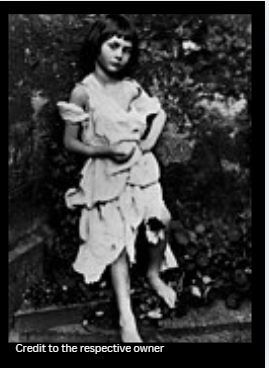July 4, 1862 — River Thames, England
A mathematician, a reverend, and three young girls drifted down the river in a small rowboat, sunlight shimmering on the water.
One of the girls—Alice Liddell—looked up at their quiet, gentle companion, Charles Dodgson, and asked him to tell them a story.
And so he did.
As the oars glided through the Thames, Dodgson wove a tale—a curious girl who chased a white rabbit down a hole and into a world of nonsense and wonder. Tea parties, talking animals, disappearing cats. The girls listened in awe, their laughter ringing across the river.
Alice begged him to write it down.
Two years later, he gave her a handwritten manuscript: Alice’s Adventures Under Ground, illustrated by Dodgson himself.
Encouraged by friends, Dodgson expanded and refined the story—publishing it in 1865 under the pen name Lewis Carroll. The book was released as Alice’s Adventures in Wonderland, featuring iconic illustrations by John Tenniel.
It was an immediate success.
But beneath the fantasy lies something deeper: Carroll’s playful logic, his love of paradox, and a subtle challenge to Victorian conventions. The Queen of Hearts, obsessed with order. The Mad Hatter, trapped in time. And Alice—curious, brave, unafraid to ask why.
From that single boat ride came one of literature’s most enduring dreams.
All because a little girl asked for a story.